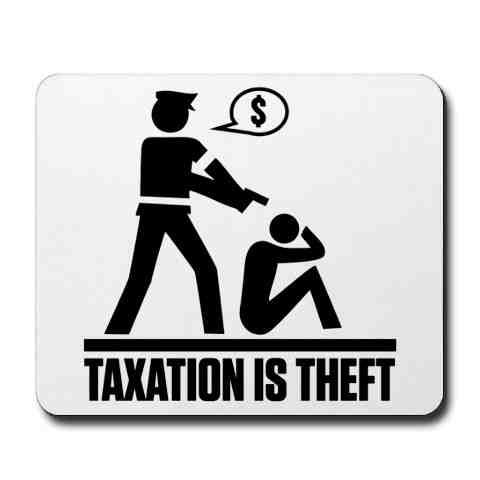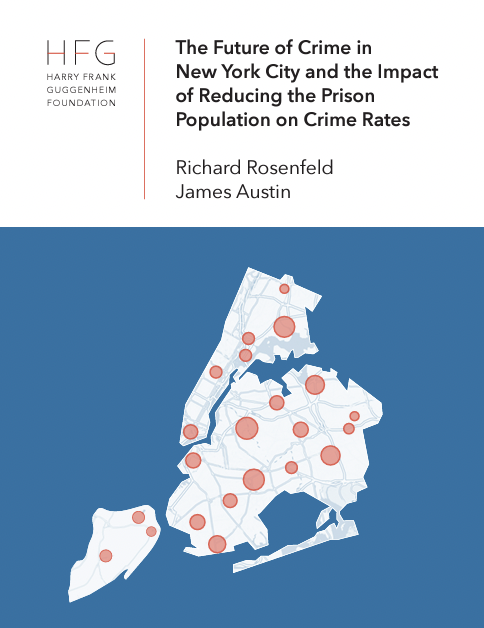By Rick Dierenfeldt, Grant Drawve, Joshua May, Ellee Jackson
A growing body of literature has explored the ‘life course’ of crime guns, with a particular focus on the time between the initial point of sale of firearms and their eventual recovery by police following a crime. We contend that this examination is incomplete, with limited consideration given to the period between a firearm's first known use in a criminal offense and its recovery by police—which we refer to as time in crime. Increased understanding of this time frame is important given that crime guns are frequently recirculated among criminally involved groups and the recent finding that time in circulation following first known use in a crime is a significant predictor of multiple uses of crime guns. We add to the literature through the application of negative binomial regression to a sample of 310 crime guns used in offenses in a city in the Southeastern United States to examine how neighborhood context and initial incident characteristics influence the number of days that firearms remain in circulation after their first known use in a crime. We found that increased levels of concentrated disadvantage and gang involvement during the original incident correspond with significant increases in time in crime, while increased levels of residential stability and the ability of police to identify suspects are linked with more rapid recovery of crime guns. Notably, these findings hold even after the inclusion of popular time-to-crime covariates, including firearm quality, caliber, and status as a stolen gun.
Journal of Criminal Justice Volume: 49 Dated: July 2024 Pages: 723-744



















